The Isle of Man, nestled in the Irish Sea, holds a treasure trove of quirky villages that
often slip under the tourist radar. Beyond the famous TT races and Celtic crosses,
these settlements showcase the island’s unique blend of Norse, Celtic, and British
heritage through their architecture, customs, and local legends.
From coastal haunts where locals swear they’ve spotted mermaids to inland hamlets
where traditional Manx is still spoken, these 16 villages offer visitors a glimpse into
the heart of Manx culture.
Cregneash
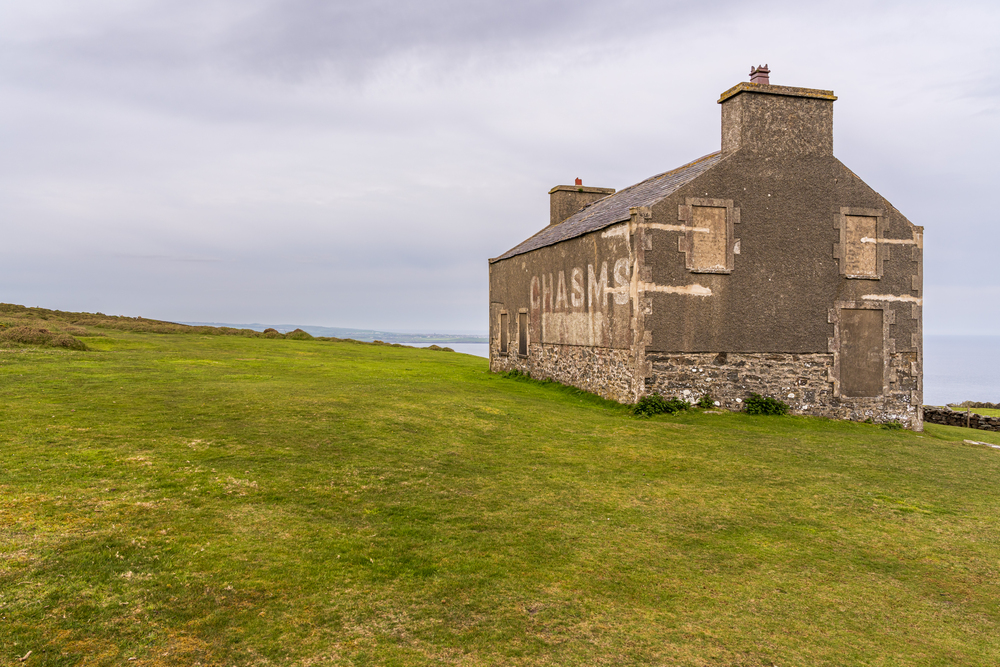
Step back in time to this living museum village where traditional Manx cottages stood
frozen in the 19th century. Residents still maintain age-old farming practices, and
you might spot rare Manx Loaghtan sheep with their distinctive four horns grazing on
the hillsides.
The village’s resident ‘guides’ share tales of fairy bridges and ancient customs while demonstrating traditional crafts in their thatched cottages.
Laxey
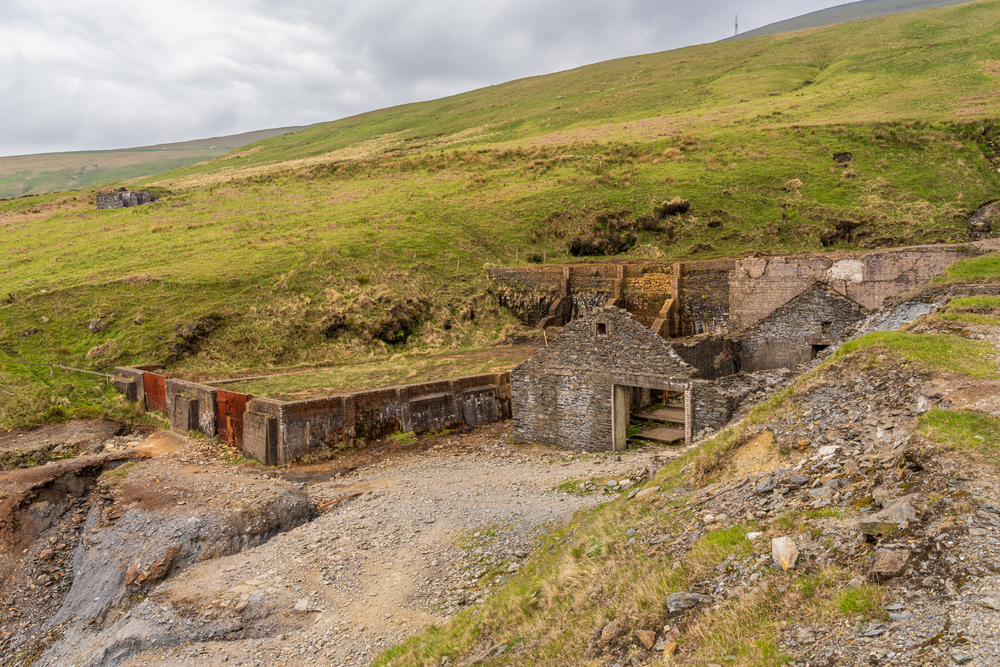
Home to the world’s largest working waterwheel, Lady Isabella, this former mining
village buzzes with industrial heritage charm. The local miners’ cottages, painted in
distinctive colors, cascade down the valley towards a picturesque harbor where
fishing boats still bob at high tide.
You can catch the Snaefell Mountain Railway here for spectacular views across all four kingdoms – England, Ireland, Scotland, and Wales.
Like Travel Pug’s content? Follow us on MSN.
Port Soderick
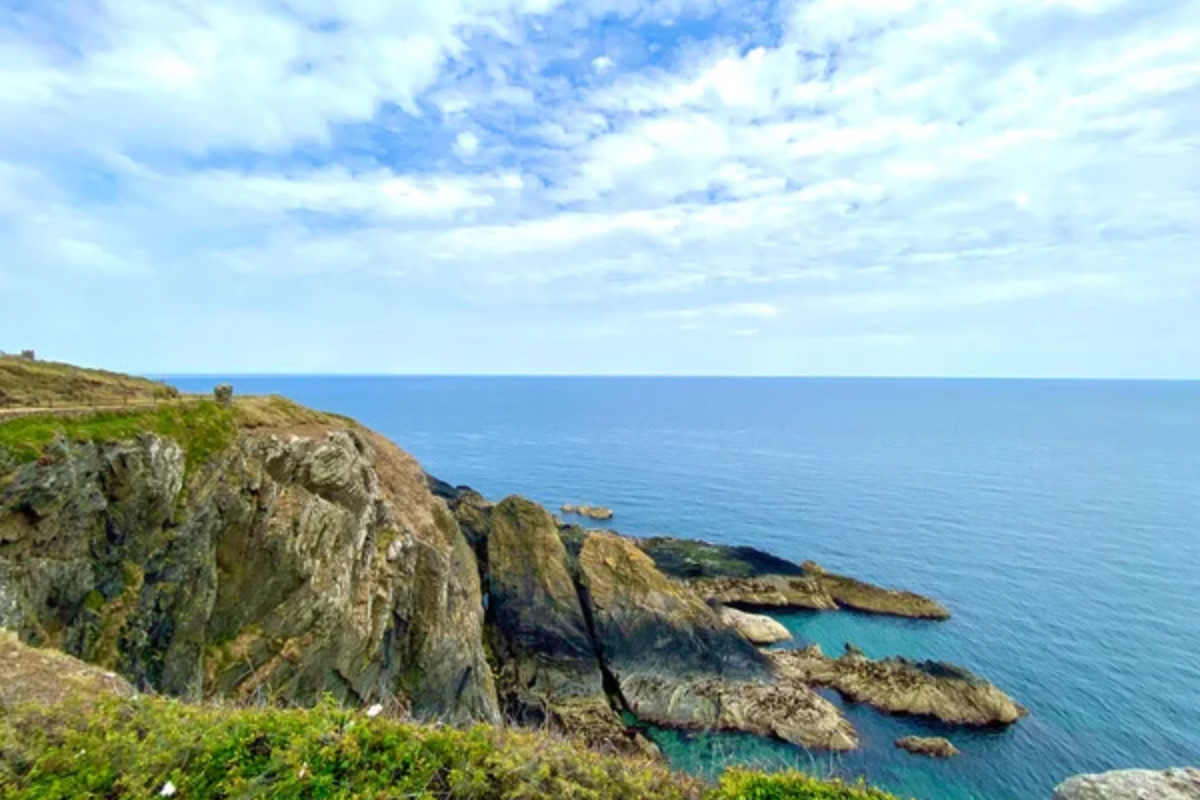
This abandoned Victorian pleasure resort tells tales of its glamorous past through
crumbling dance halls and overgrown gardens. Ghost hunters flock to the
deteriorating arcade, where locals claim to hear phantom music on quiet nights.
The village’s rocky beach, accessible via a Victorian-era staircase, reveals hidden caves
that once served as smugglers’ hideouts.
Bride
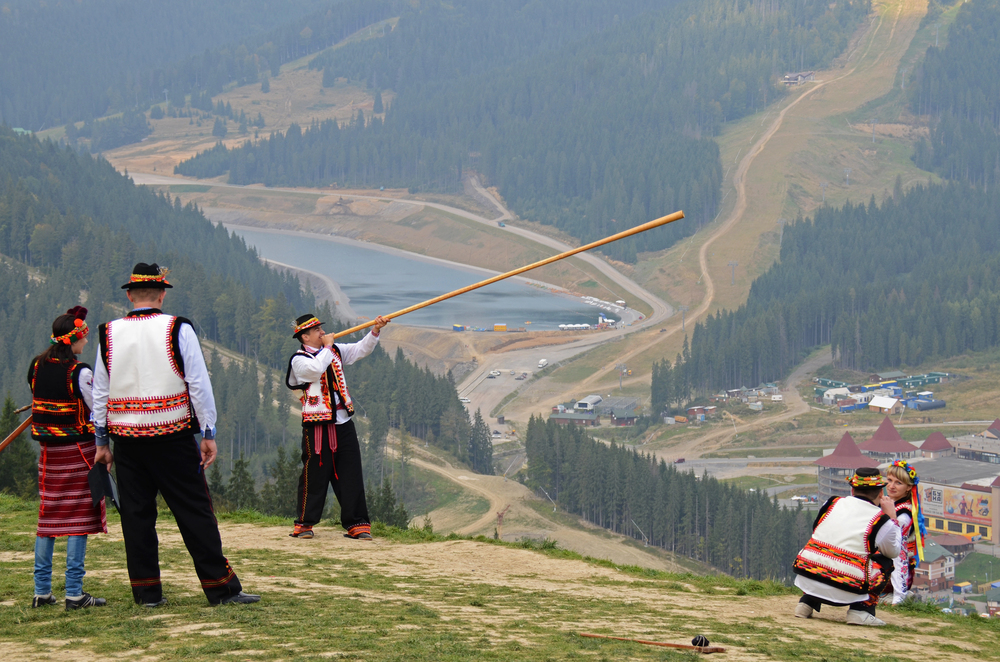
Sitting in the island’s northernmost point, Bride village guards some of the Isle’s most
intriguing folklore about giants and fairy folk. The local pub, ‘The Bride’s Head,’
serves traditional Manx dishes while regulars share tales of the legendary giant
warrior who supposedly lies buried beneath the village church.
Ancient crosses in the churchyard feature intricate Viking-era carvings that tell stories of the island’s Norse heritage.
Sulby
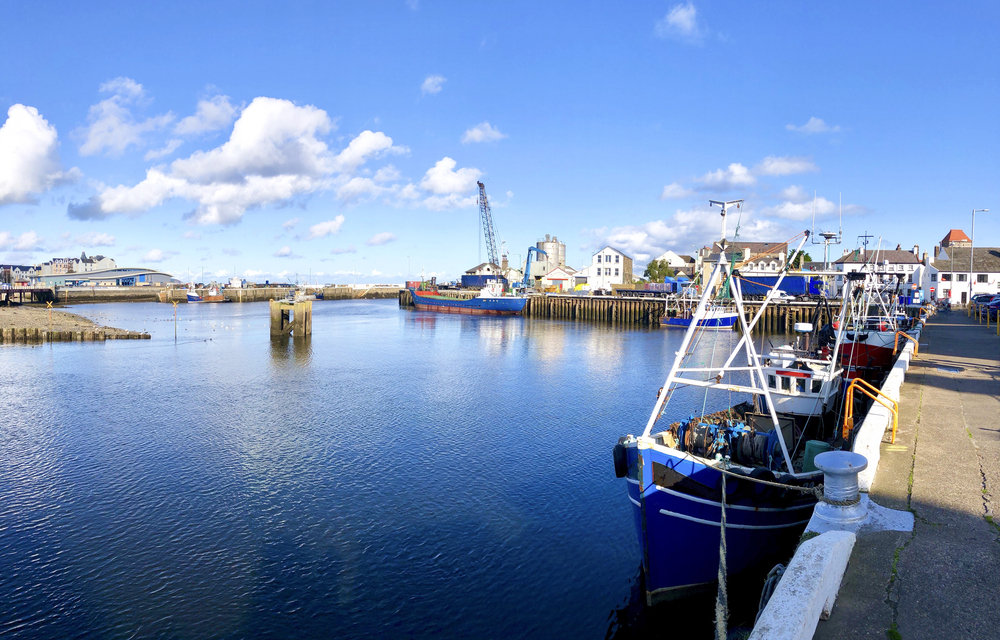
Nestled in the island’s northern plain, Sulby boasts the title of ‘home to the fastest
bend in the TT course.’ The village pub, dating from the 15th century, displays an
impressive collection of racing memorabilia and serves the island’s own Bushy’s
beer.
During practice weeks, you’ll find riders and locals sharing stories around the pub’s roaring fire while traditional Manx music fills the air.
Like Travel Pug’s content? Follow us on MSN.
Glen Maye
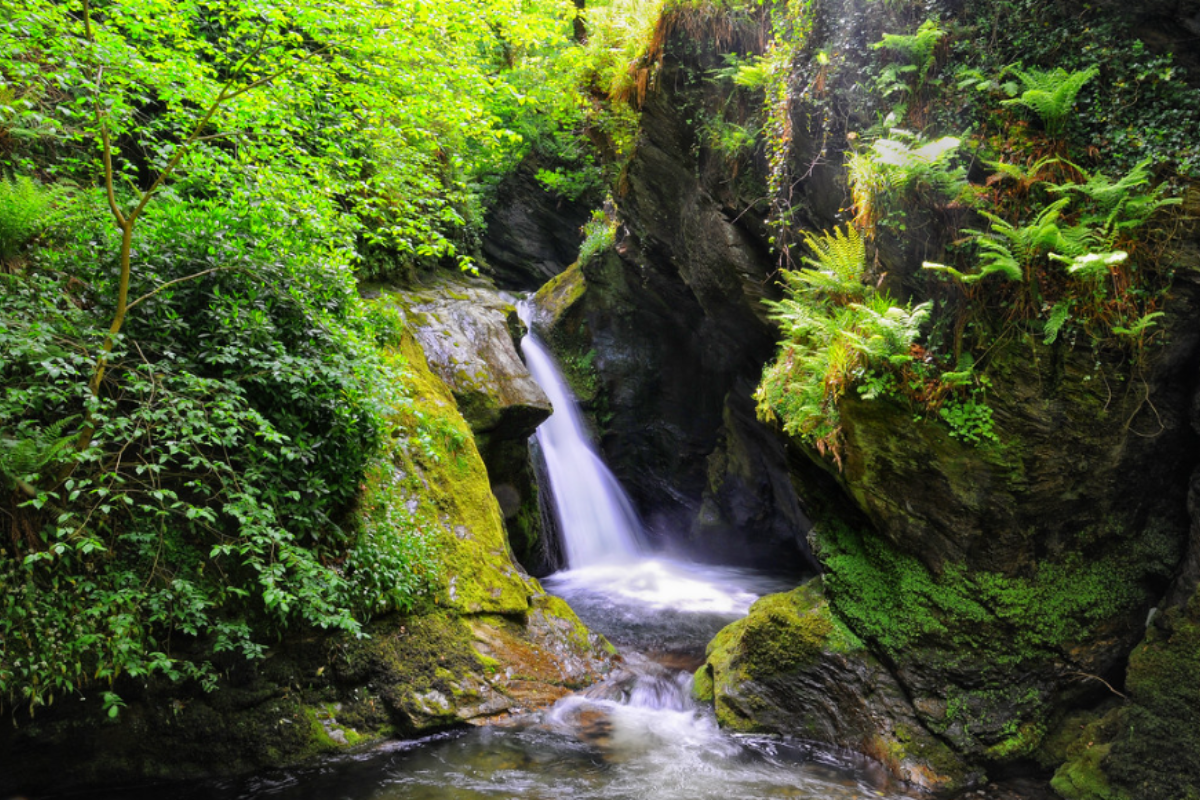
This woodland village harbors one of the island’s most spectacular waterfalls, hidden
behind a curtain of ancient trees. Local legend claims the glen is home to a
‘phynnodderee,’ a magical creature who helps farmers with their heavy work in
exchange for a bowl of cream.
The village’s single pub serves as a community hub where hikers on the Raad ny Foillan coastal path swap tales of their adventures.
Ballaugh
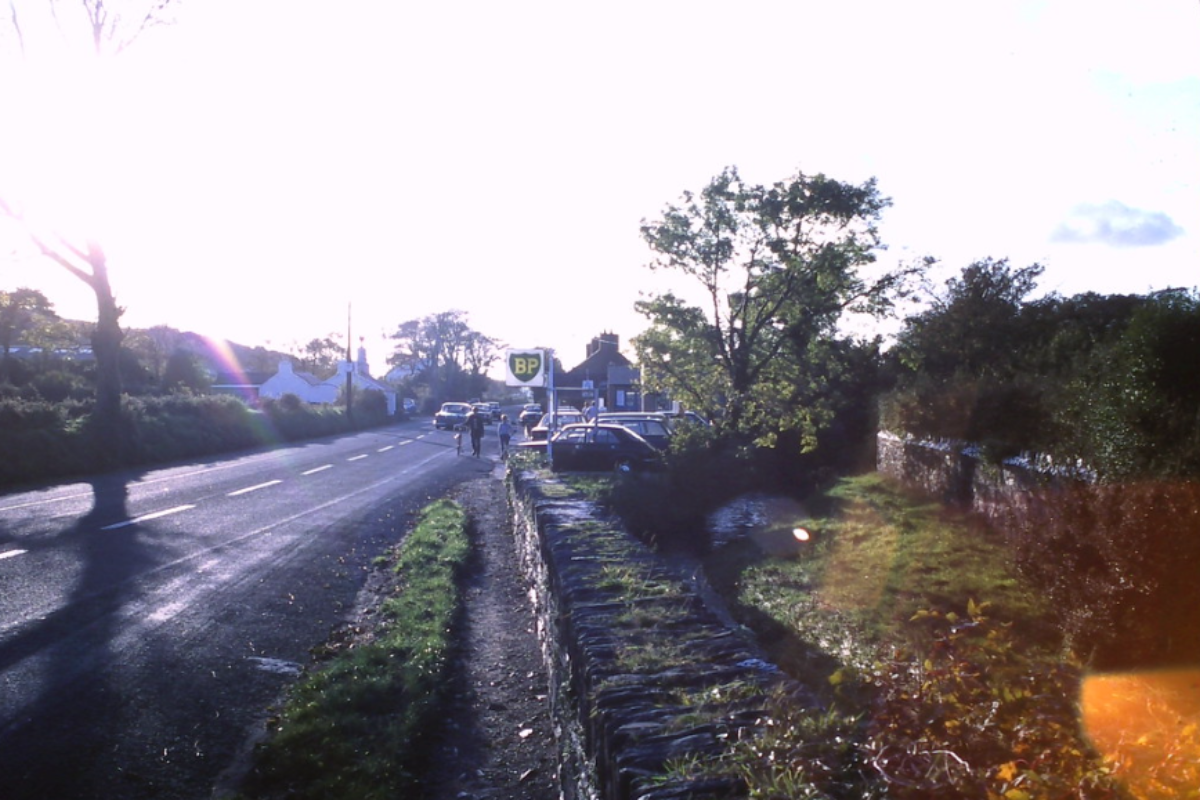
Famous for its ‘hump-backed’ bridge that launches TT riders airborne, Ballaugh
holds more secrets than its racing heritage suggests. The ancient church houses
mysterious carved stones that hint at the village’s pagan past, while the nearby
Curraghs Wildlife Park protects some of Europe’s rarest wetland habitats.
Local farmers still practice traditional ‘meadow-making’ techniques passed down through generations.
Kirk Michael
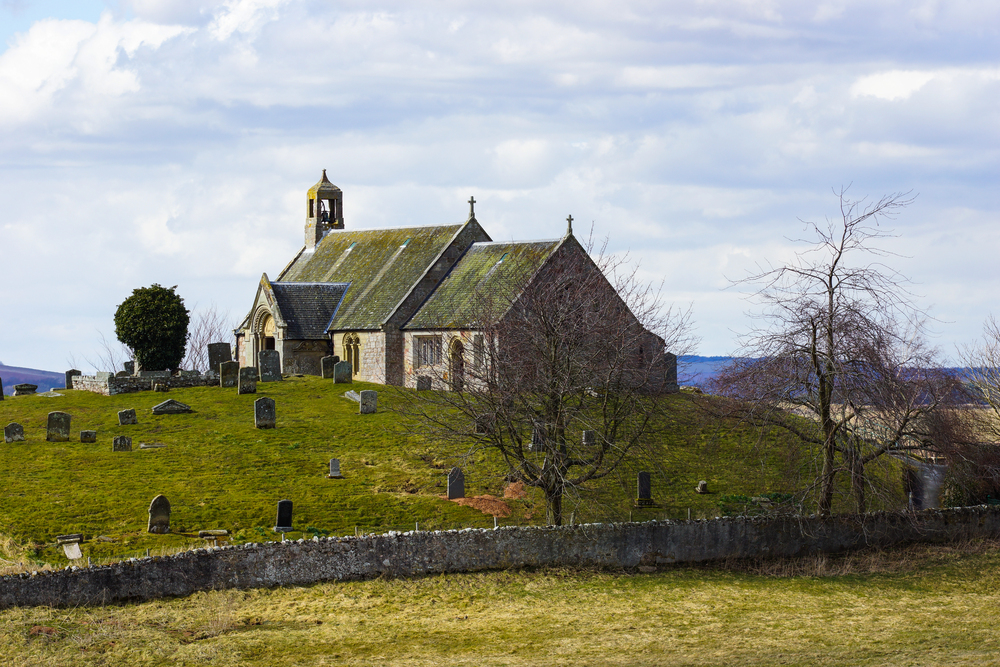
Strung along the island’s western coast, Kirk Michael guards some of the finest
Viking crosses in Britain. The village’s traditional ‘big shop’ stocks local delicacies
like Manx kippers and queenies, while the pub serves as headquarters for the
island’s storytelling society.
During winter months, you might catch a ‘Manx Gaelic choir’ practice session in the village hall.
Like Travel Pug’s content? Follow us on MSN.
Ballasalla
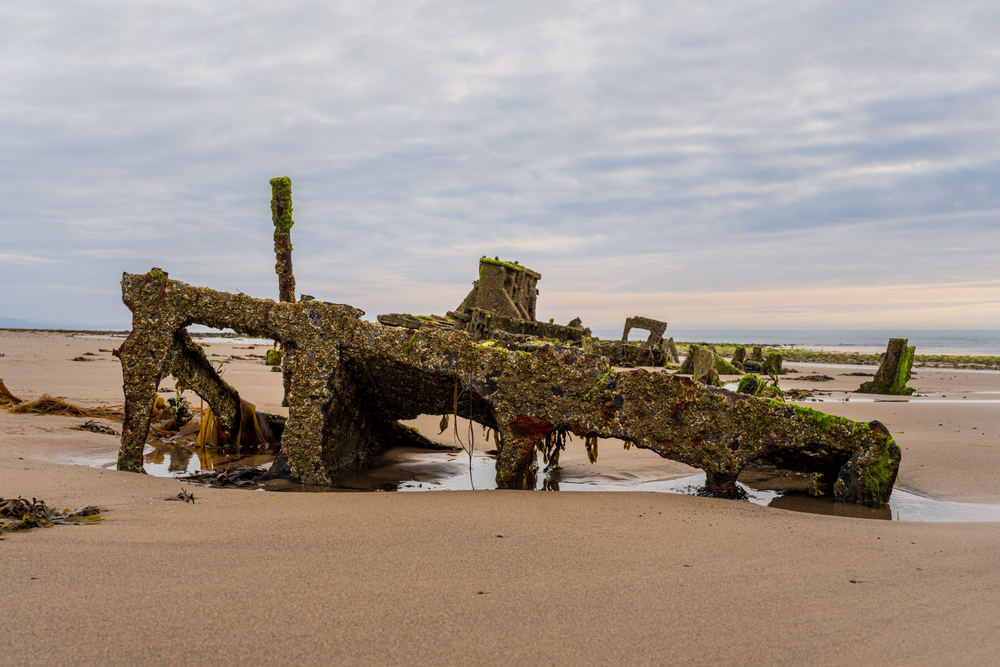
Home to the ruins of Rushen Abbey, Ballasalla whispers tales of medieval monks
and ancient ceremonies. The Silverdale Glen boasts a Victorian water-powered
carousel that still operates on summer weekends, delighting visitors with its hand- painted horses.
The village’s traditional silversmith workshop continues centuries-old crafting techniques, producing distinctive Manx jewelry designs.
Onchan
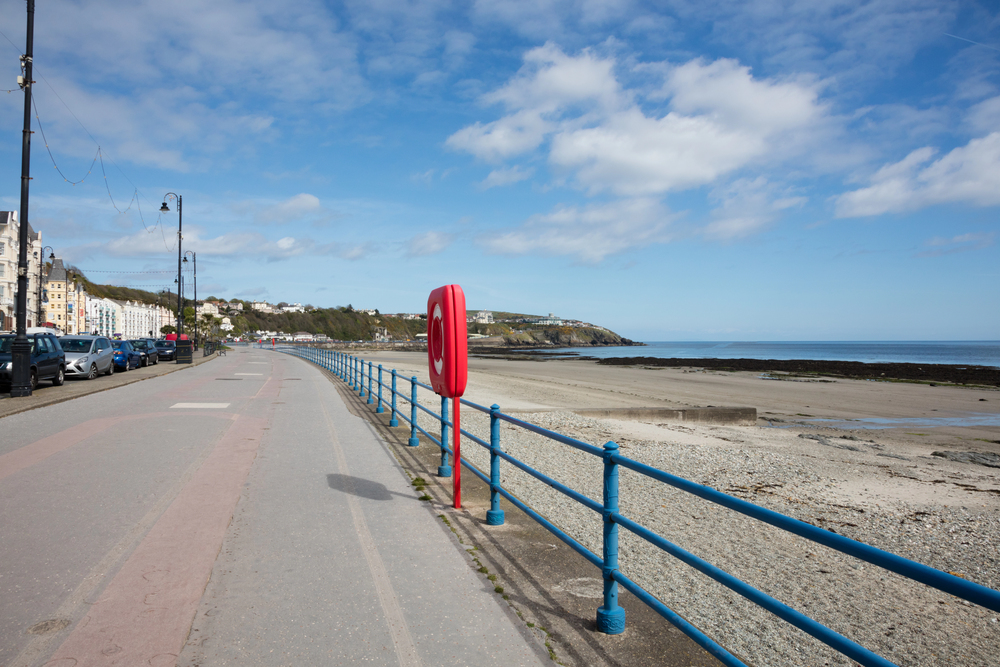
Perched above Douglas Bay, Onchan combines seaside charm with mysterious
prehistoric sites. The village park features a unique stadium used for village cricket
matches and hosts one of the island’s best summer fairs featuring traditional Manx
dancing.
Local cafes serve ‘spuds and herrin’ while overlooking views stretching to
the Cumbrian hills on clear days.
Port St Mary
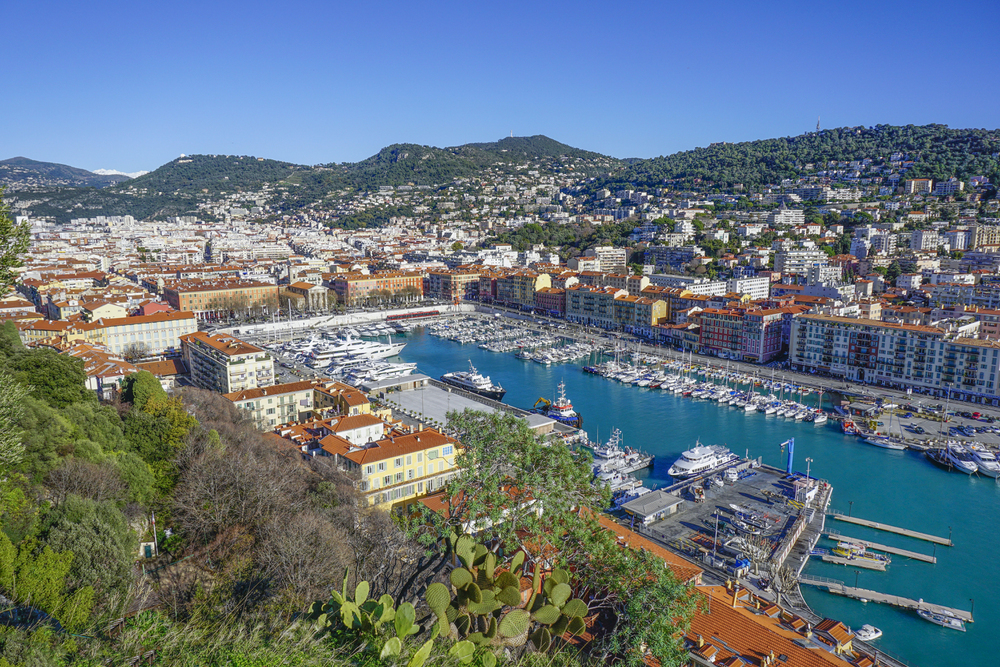
This fishing village maintains its working harbor where you can watch boats unload
their daily catch of queenies and lobsters. Local fishermen still practice traditional
‘longlining’ techniques passed down through generations, while the harbor wall
provides prime spots for evening mackerel fishing.
The village’s maritime museum showcases artifacts from numerous shipwrecks that dot the treacherous southern coastline.
Like Travel Pug’s content? Follow us on MSN.
St Johns
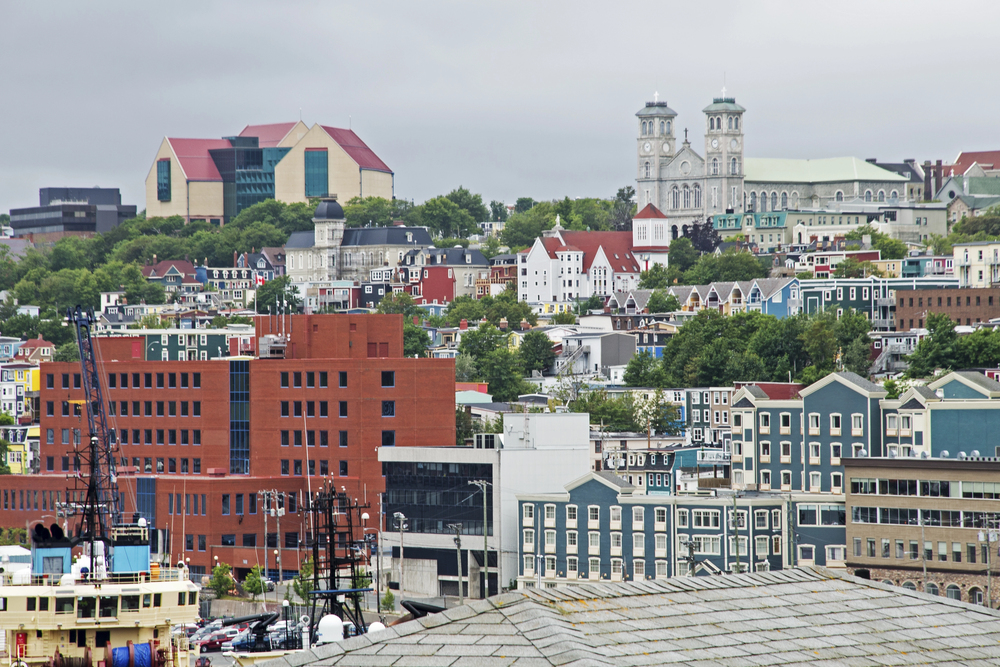
The spiritual heart of Manx democracy, St Johns hosts the annual Tynwald
ceremony on its ancient mound. The village wool shop sells authentic Manx tartan
and traditional knitting patterns, while the local craft brewery produces ales using
historic recipes.
During the summer months, the village green hosts traditional music sessions where you might hear the Manx language spoken between songs.
Foxdale
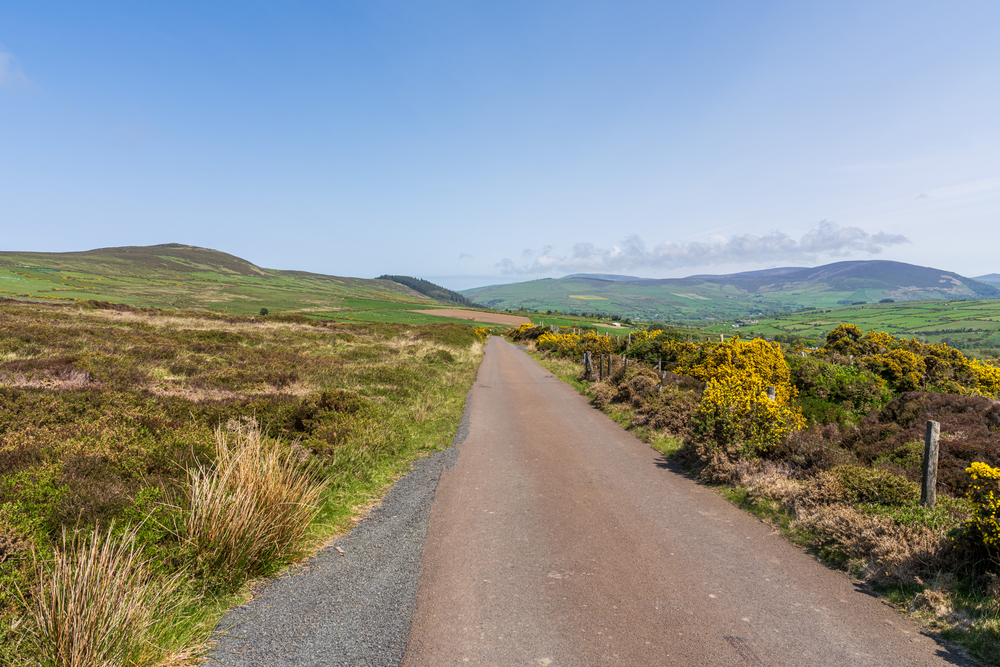
This former mining village perches high in the island’s central valley, surrounded by
dramatic quarry landscapes. The village hall houses a fascinating collection of
mining artifacts and photographs documenting the area’s industrial heritage.
Local art galleries showcase works inspired by the surrounding wild landscape and mining history.
Andreas
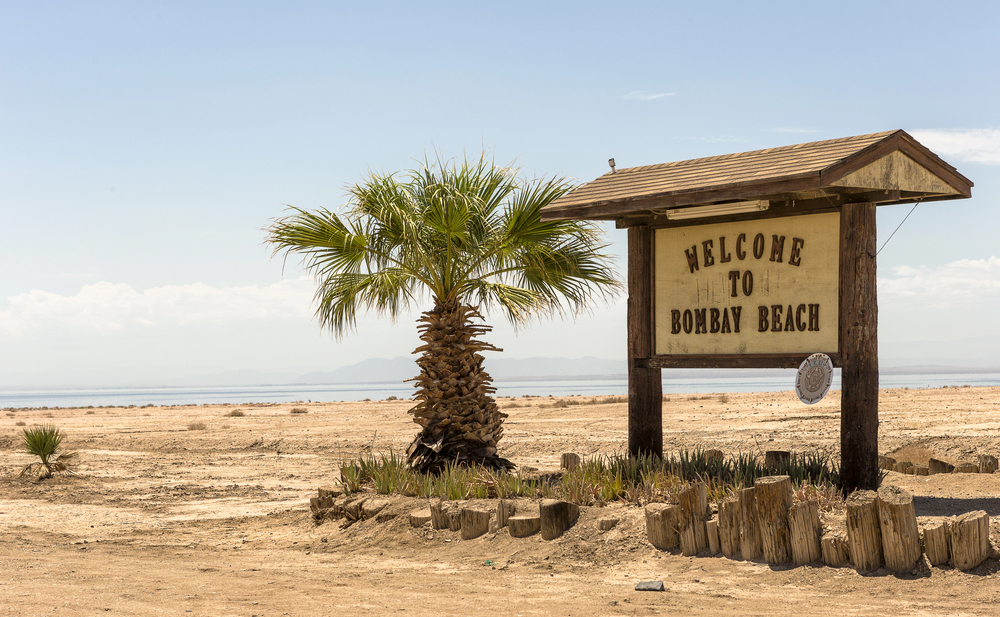
Known for its distinctive round tower church, Andreas sits amid some of the island’s
richest farmland. The village shop doubles as a traditional ‘bonnag’ bakery,
producing the distinctive Manx bread that’s been a staple for centuries.
You might spot traditional plowing techniques being used in the surrounding fields, especially during the annual agricultural show.
Like Travel Pug’s content? Follow us on MSN.
Crosby

This central village serves as a hub for the island’s steam railway heritage, with a
restored station house that tells tales of Victorian tourism. Local gardens showcase
traditional Manx plant varieties, while the village hall hosts monthly craft fairs
featuring island-made products.
The surrounding hills offer excellent walks where you might spot wild wallabies, descendants of zoo escapees that now roam freely.
Hidden Gems of the Isle of Man

These sixteen villages represent just a fraction of the hidden gems scattered across
the Isle of Man’s dramatic landscape. Each community preserves its unique slice of
Manx heritage while warmly welcoming visitors who venture beyond the usual tourist
spots.
Whether you’re interested in ancient legends, industrial heritage, traditional crafts, or
simply soaking up authentic village life, these settlements offer a chance to
experience the real Isle of Man, where ancient traditions live in daily life.
More from Travel Pug

- 15 Dangerous European Cities to Avoid
- 15 Caribbean Islands Where Tourists Keep Getting Scammed
- The 20 Most Fascinating Abandoned Places: A Journey Through Time and Forgotten Spaces
- 15 Hidden Places in the Smithsonian Museums Locals Love: A Guide to Lesser-Known Treasures
- 16 Hidden Florida Beach Towns That Aren’t Overrun with Tourists
Like Travel Pug’s content? Follow us on MSN.
